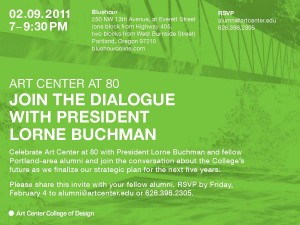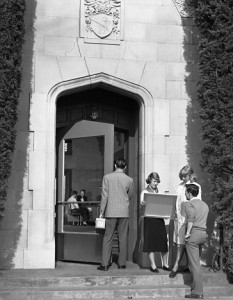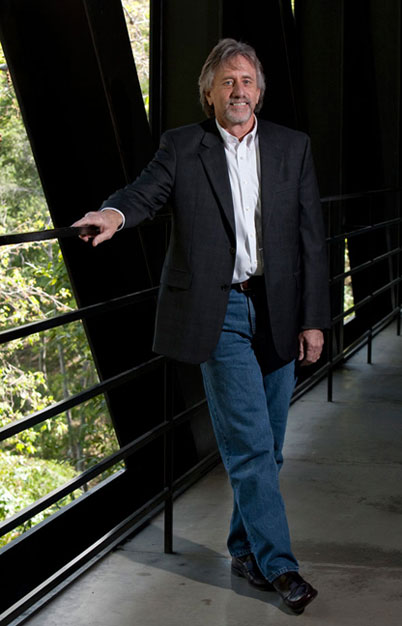Concept artist, designer and educator Tim Flattery has been named Chair of Art Center’s Entertainment Design Department.

Flattery
Most think of Entertainment Design as how films come to look the way they do. Yet today, the field is much greater, encompassing any project in which storytelling is important—themed environments, exhibitions, gaming and learning institutions such as museums and libraries.
“For 24 years, I’ve worked in the entertainment industry and have been fortunate enough to have realized my dreams,” Flattery says. “As Chair of Entertainment Design at Art Center, I hope my passion and expertise will influence the next generation of talented designers so that they, too, can realize their dreams.”
Flattery is a multi-talented creative concept artist and designer with expertise in concept development, design and fabrication. In a career spanning more than two decades, he has worked on some of the biggest films for some of the most famous directors in the world. Among the number of highly anticipated projects he has worked on are Green Lantern, Real Steel, Creature from the Black Lagoon and Mission: Impossible IV.
He has overseen the full-size construction of custom vehicles, which he designed for films such as the Fantasticar for Fantastic Four: Rise of the Silver Surfer, the Batmobile for Batman Forever, and the Amphibicopter and other vehicles for A.I. Artificial Intelligence. He has raised the creative bar with acclaimed design work on award-winning and blockbuster films, including Terminator Salvation, The Incredible Hulk, Transformers, Pirates of the Caribbean: Dead Man’s Chest, Spider-Man II, Saving Private Ryan, Men in Black and many others. Beyond his career as a concept artist and illustrator in the film industry, Flattery has done creative work for Walt Disney Imagineering and Chimera Design in the area of theme parks and resorts. He has also done worked independently for Entertainment Arts and the EA Games Label.
This appointment represents a homecoming of sorts for Flattery, who taught visual communication at Art Center to industrial design students in the early ’90s. He received a Teacher of the Year award from the College in 1994. Flattery graduated from College for Creative Studies with a bachelor’s degree in Transportation Design.
 Calling all Portland alumni: Art Center’s Alumni Relations Office invites you to join fellow area alumni in celebrating Art Center’s 80th anniversary with the latest Art Center Dialogues with College President Lorne Buchman.
Calling all Portland alumni: Art Center’s Alumni Relations Office invites you to join fellow area alumni in celebrating Art Center’s 80th anniversary with the latest Art Center Dialogues with College President Lorne Buchman.





